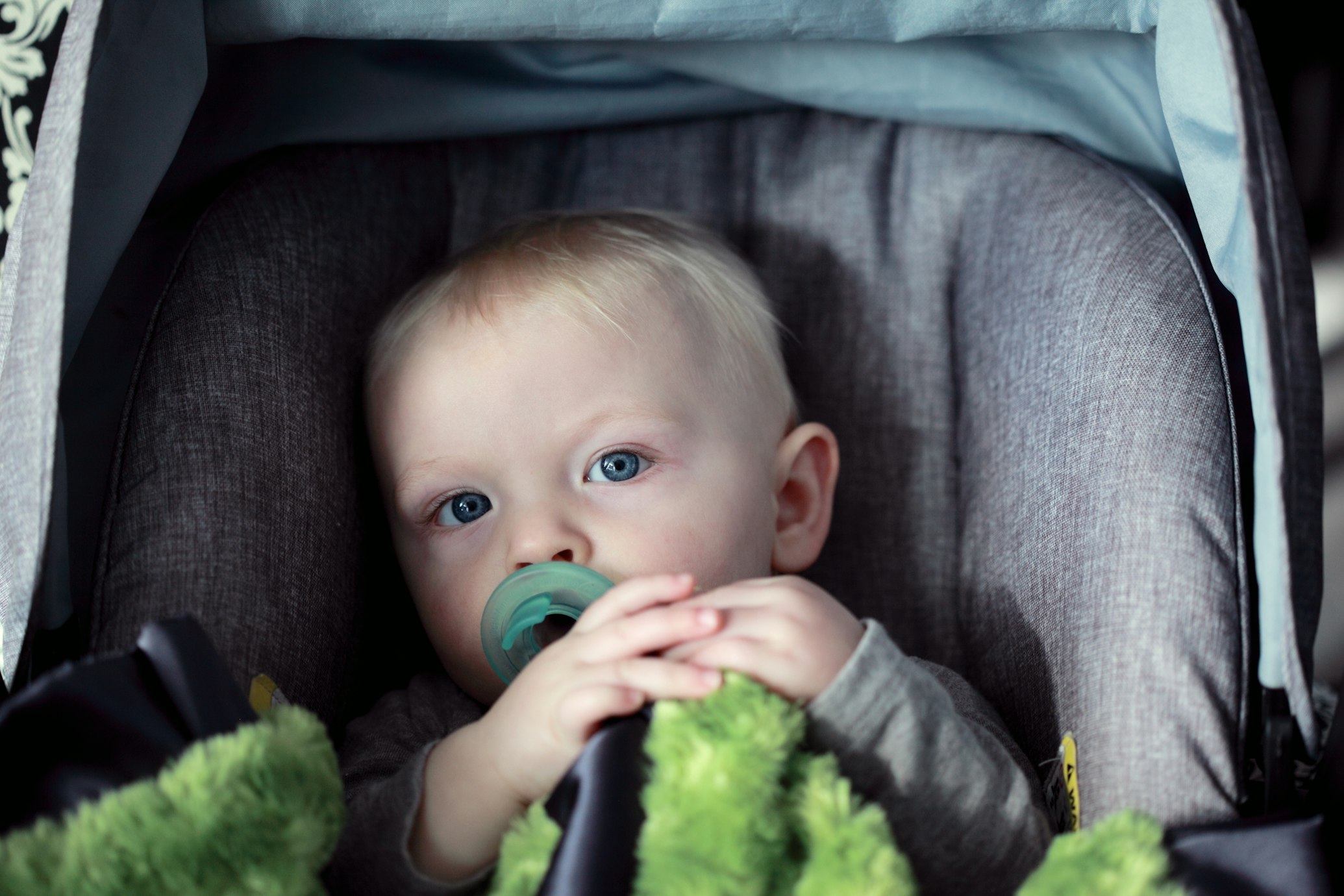Crème de la Crème is dedicated to providing a safe and nurturing learning environment for children of various ages. We offer programs for children starting when they’re infants and continue to provide care and learning for years to come. Find your nearest location, and schedule a tour today.
Why Are Car Seats Important for Child Safety in Cars?

We care about child safety at Crème de la Crème, so we’ve put together this guide to car seats. Car crashes are a leading cause of death in children aged 1 to 13. Keeping your child safe is not just about putting them in a car seat. It’s also essential to select the right type of car seat and install and use it correctly whenever your child is in the car.
The way your child sits changes as they grow, so you’ll need to use a car seat appropriate to your child’s current age and size. In addition, not every car seat will fit in every vehicle, so test the seat you want to buy to make sure that it fits well. You should purchase a car seat you can install and use correctly every time.
What Car Seat Do I Need for My Child?
There are specific required car seats based on age. Here’s what to know:
Rear-Facing Car Seat: Up to 2 Years Old/40 Lbs.
A rear-facing car seat is the best type for a young child. Rear-facing seats have harnesses that cradle and move with the child in a crash, reducing stress on a young child’s fragile spinal cord and neck. There are several types of rear-facing seats:
- Infant car seat: Infant-only car seats are designed for newborns and small babies. These seats are small and portable and can only be used in the rear-facing configuration. Most babies will grow out of their infant seat before their first birthday. At that point, it’s a good idea to switch to a convertible or all-in-one car seat placed in the rear-facing position.
- Convertible seat: As your child grows, you can change their seat from a rear-facing car seat to a forward-facing car seat that has a harness and tether. Convertible seats work for children of different sizes, so you can keep your child in the rear-facing position for longer.
- All-in-one/three-in-one seat: Like a convertible car seat, an all-in-one seat can be switched from a rear-facing car seat to a forward-facing car seat with a harness and tether. It can also be used as a booster seat as your child grows. Again, because this type of seat works for children of various sizes, you can keep your child in the rear-facing position longer.
Forward-Facing Seat: 2 to 5 Years/21 to 65 Lbs.
Look for a forward-facing seat with a harness and top tether that has room for your child to grow. You can choose from four types of forward-facing seats:
- Forward facing only: This type of car seat can only be used in the forward-facing position. It should have a five-point harness and top tether.
- Convertible: You can use a convertible car seat in the rear-facing position and then turn it to face forward as your child grows. You won’t need to purchase a new car seat again until they’re ready to move into a booster seat.
- Combination: This is a forward-facing seat that has a five-point harness and top tether. Unlike a forward-facing-only seat, you can change a combination seat to a booster seat by removing the harness.
- All-in-one/three-in-one: You can use these car seats in the rear- or forward-facing position or as a booster seat.
Read the labels carefully if you go with a combination car seat or all-in-one car seat to ensure that you follow the height and weight limits. The labels will tell you when you can take off the harness and switch your child to a booster seat configuration.
Booster Seat: 6 to 8 Years/40 to 120 Lbs.
A booster seat offers a step between a typical car seat with a harness and one with just a seat belt. Booster seats raise your child to provide a safer, more comfortable fit with an adult seat belt. You’ll find two types:
- High-back booster: These are best for vehicles with low seat backs and no headrests.
- Backless booster: These seats are usually less expensive and easier to work with if you’re carpooling or traveling a significant amount. Your car will need a seat back high enough to support your child’s head. Your child’s ears should be below the top of the headrest or vehicle seat.
Before going with a booster seat, check that your child meets their forward-facing seat’s height or weight limits. You’ll also want to make sure that your child is mature enough to ride in a car without a harness, as they’ll need to stay in the booster seat with their seat belt fitted correctly across their shoulder and below their hips.
When Can My Child Move to a Seat Belt?
Children between the ages of 9 and 12 years who are over 80 lbs. are usually ready to move to using only a seat belt. You should make sure that the belt lies across your child’s upper thighs and is snug across their shoulders and chest to provide the correct restraint in a crash. Seat belts shouldn’t rest on your child’s stomach or across their face or neck.
Remember that even if your child is older, they may still be small enough to require a booster seat to ensure that the seat belt is properly positioned. If your child is older and complaining about having to sit in a booster seat, a backless booster that isn’t as visible can be a good option.
Are You Ready for Your Child to Learn in a Safe and Nurturing Environment?
We care about your child’s safety at Crème de la Crème, and we’re known for our excellence at providing children with a full scope of education and developmental programs. From infant care to private kindergarten and beyond, you’ll find an age-appropriate program with us. Contact us to schedule a tour and see your local Crème de la Crème in person.
baby on gray stroller by Alexander Grey is licensed with Unsplash License
